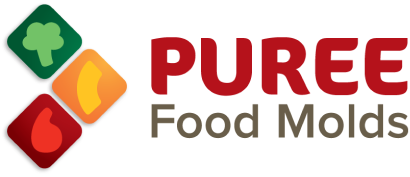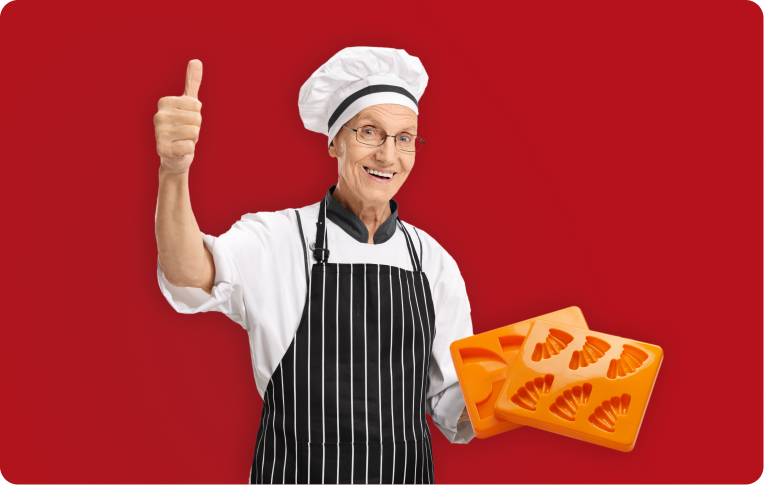Enhancing Mealtimes for People with Dysphagia

When it comes to dining, the visual appeal of food often plays a crucial role in our overall eating experience. For individuals with dysphagia, a condition that affects swallowing, the presentation of food becomes even more significant. In this blog post, we'll explore the importance of food presentation for people with dysphagia, focusing on the use of puree food molds to create meals that are not only safe to eat but also visually appealing and enjoyable.
Mealtime Challenges
Dysphagia can make mealtimes challenging, but with the right strategies, we can transform these challenges into opportunities for joy and meal satisfaction. One such strategy is using puree food molds, which can significantly enhance the dining experience for individuals with dysphagia. By creating meals that look appetising, we can help stimulate appetite, improve nutritional intakes, help individuals dine with dignity, and bring back the pleasure of eating.
The Role of Puree Food Molds
1. Enhancing Visual Appeal
Puree food molds allow caregivers and chefs to transform pureed foods into shapes that resemble their original forms. This can make a significant difference in how appealing the food looks. For example:
- Pureed carrots can be molded to look like baby carrots.
- Pureed chicken can be shaped to resemble a chicken breast or chicken leg.
- Pureed peas can take the form of a scoop of peas.
By using puree food molds, the food becomes more recognisable and inviting, encouraging individuals with dysphagia to eat more willingly.

2. Improving Appetite and Nutritional Intake
When food looks good, it can stimulate appetite and encourage better nutritional intake. This is particularly important for individuals with dysphagia, who may struggle with maintaining adequate nutrition. Puree food molds can help:
- Increased food consumption by making meals more enticing.
- Promote a balanced diet by presenting a variety of foods in an appealing manner.
- Reduce food refusal by improving the overall dining experience.
By enhancing the visual appeal of meals, we can support better eating habits and support nutritional health.
3. Creating a Sense of Normality
Mealtimes are not just about eating; they are also about social interaction and enjoyment. Using puree food molds can help create a sense of normality and inclusion for individuals with dysphagia. For example:
- Shared meals look similar to what others are eating.
- Festive occasions can include visually appealing pureed foods that match the theme.
- Routine meals become less monotonous and more enjoyable than serving 4 unrecognisable ice cream scoops of pureed food.
This sense of normalcy can have a positive impact on mental and emotional well-being for an individual with dysphagia.
Practical Tips for Using Puree Food Molds
1. Choose High-Quality Molds
Investing in high-quality puree food molds can make a big difference. Look for molds that are:
- Durable and easy to clean.
- Versatile with a variety of shapes and sizes.
- Adaptable for use with different types of pureed foods.
2. Get Creative with Plating
The way food is plated can also impact its appeal. Consider:
- Using contrasting colors on the plate for visual interest.
- Arranging molded foods attractively to make the meal look appetising.
- Adding decorative elements with thickened sauces such as a swirl or swoosh across the plate

For individuals with dysphagia, the presentation of food can make a significant difference in their dining experience. By using puree food molds you can create meals that are visually appealing, stimulate appetite, and promote better nutrition.
With a little creativity and attention to detail, easily transform mealtimes into enjoyable and satisfying experiences for those with dysphagia. Remember, food presentation matters!

